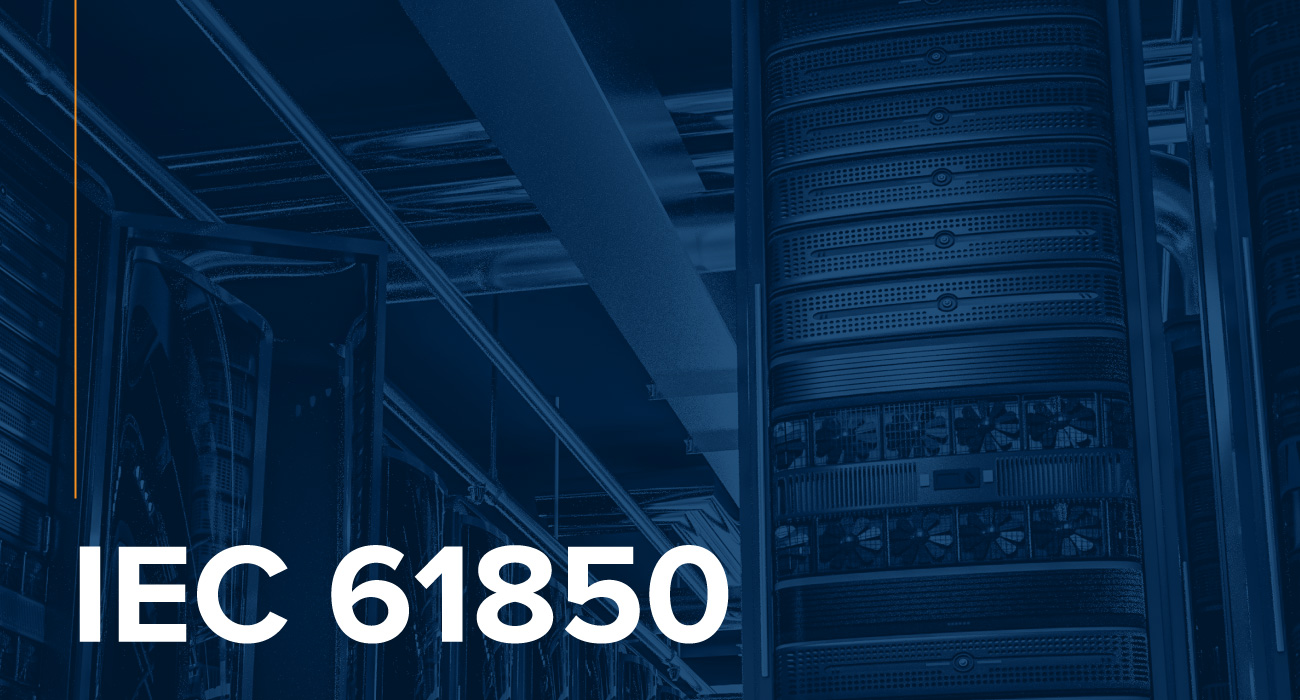IEC 61850: Turn Dreams of Smart Power Into Reality

Do you have nightmares about your intelligent devices not playing nice? Or maybe you daydream about what it would be like to have access to all the digital data in those devices?
Well, this article is for you. And so is the International Electrotechnical Commission (IEC) 61850 standard for communication between electronic devices. Especially helpful for automating power and distribution operations, this standard is perfect for power-industry uses like data centers, renewable energy projects, and anywhere power needs to be monitored or controlled.
Break the (Proprietary) Chains Restricting You
The technology to digitize the planet’s power grids and create cleaner energy is already available, but the communication protocols for system devices are often incompatible. So, there are a bunch of different devices from a bunch of different manufacturers speaking a bunch of different communication languages and protocols.
This is where IEC 61850 comes into play. It enables device interoperability and data standardization to help you turn those dreams of a smart substation into reality. A set of internationally accepted standards for communication protocols in electrical power systems, IEC 61850 provides a better way for IEC-compliant field devices to read and write data.
What does that mean in simple terms? Basically, it creates an environment where disparate devices from different manufacturers "speak" the same language. This should also make it easier to expand your operation’s architecture when needed, as IEC 61850 standards build a network of interoperable multi-manufacturer devices.
As a vendor-neutral solution, it cuts through the red tape of proprietary restrictions and complicated integrations, and it replaces them with standards that are simple and flexible enough to communicate with all your substation SCADA systems and HMIs.
Look, the data was always yours. This just helps you see and use it without restrictions. Think of IEC 61850 as a key unlocking restrictions and limitations that hold your device’s data hostage.
Benefits of IEC 61850
While there are numerous benefits that come with leveraging IEC 61850 in your operations, most of them are by-products of the primary benefit: Interoperability.
As with most things in life, good communication is critical to your system. Using IEC 61850 standards in power systems lays the foundation for effective data modeling and facilitates easy integration of devices within a common system or architecture. This, in turn, improves things like system performance, data security, remote management, and efficiency.
Data Modeling: IEC 61850 includes device specs, so it expands the data set beyond the legacy practice of where to transfer data and incorporates what to do with it. It establishes a standardized naming convention for signals from multi-vendor devices, and defines a data object structure to determine what to do with data beyond the protocol level.
System Performance & Remote Management: With improved interoperability, more data is collected faster and with more precision than ever before. More accurate data means the power system’s reliability and efficiency get a jolt. It also opens a door to easier remote configuration and monitoring of power system devices.
Security: With better communication between devices comes improved security of the data they share. IEC 61850 provides robust access control and message integrity with authorization and encryption practices.
Safety: IEC 61850 can provide automation that increases accuracy of processes and reduces human error. And, reporting and alarms work to prevent accidents and enable staff to identify an issue and fix it immediately.
Modernization: It modernizes processes and allows you to replace legacy systems like DNP3 or Modbus and upgrade copper wires and analog systems with high-speed Ethernet-based communications with greater bandwidth — which is great for edge devices.
Costs: Oh, the bottom line is improved here, too. Cost savings are realized as easier integration of devices means less manpower and time spent. Additionally, remote monitoring reduces the need for on-site maintenance. All this, plus the increased productivity that comes with improved efficiency.
Beyond these benefits, IEC 61850 drives internal operational improvements such as better decision-making. Better data from interconnected devices empowers operators to make proactive decisions that increase efficiency, reduce downtime and even avoid outages.
All this should lead to an increase in productivity — which is the point of production to begin with, isn’t it?
To learn how Inductive Automation’s Ignition platform leverages IEC 61850, click here.
